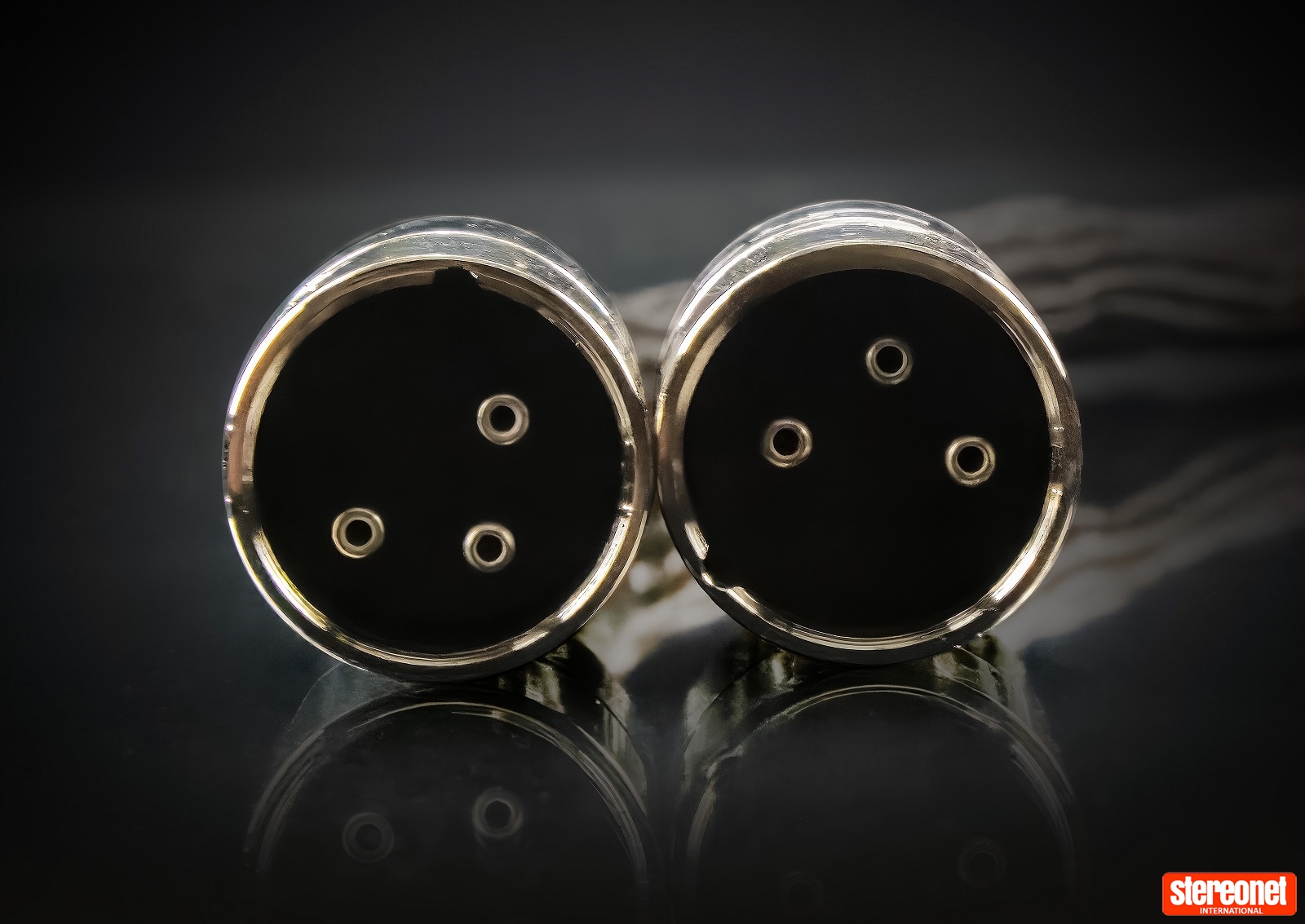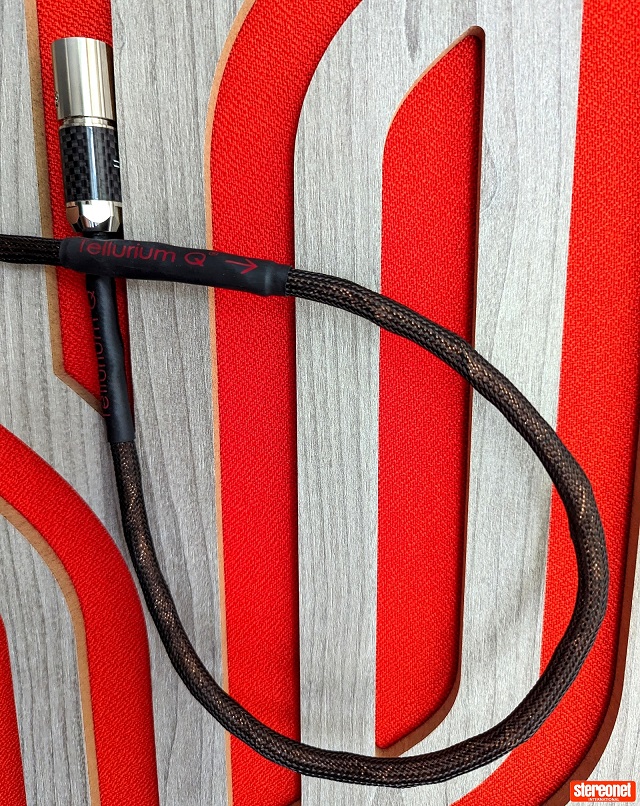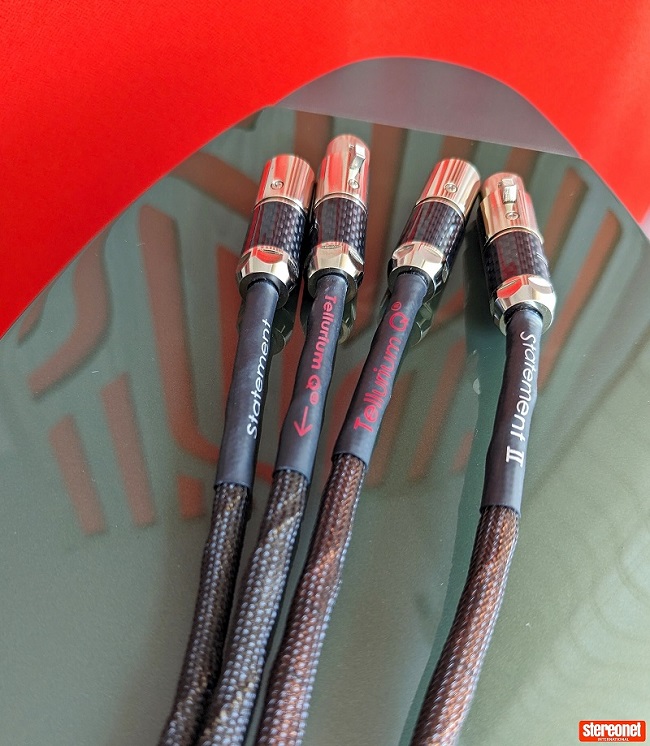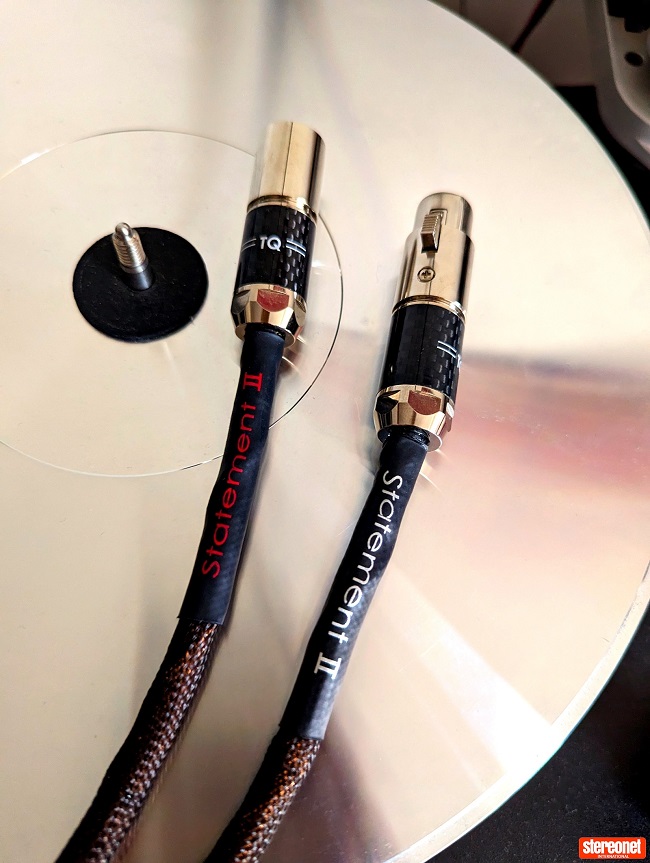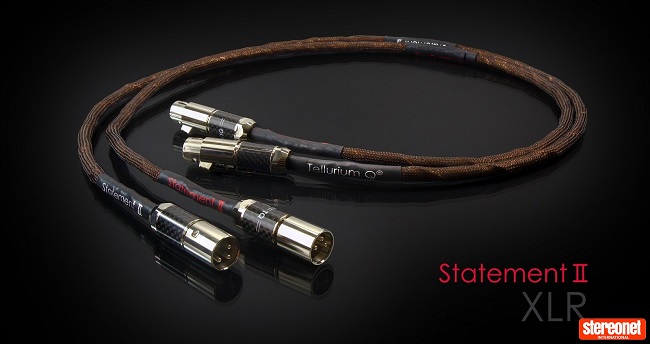News
Tellurium Q Statement II XLR Interconnect Review
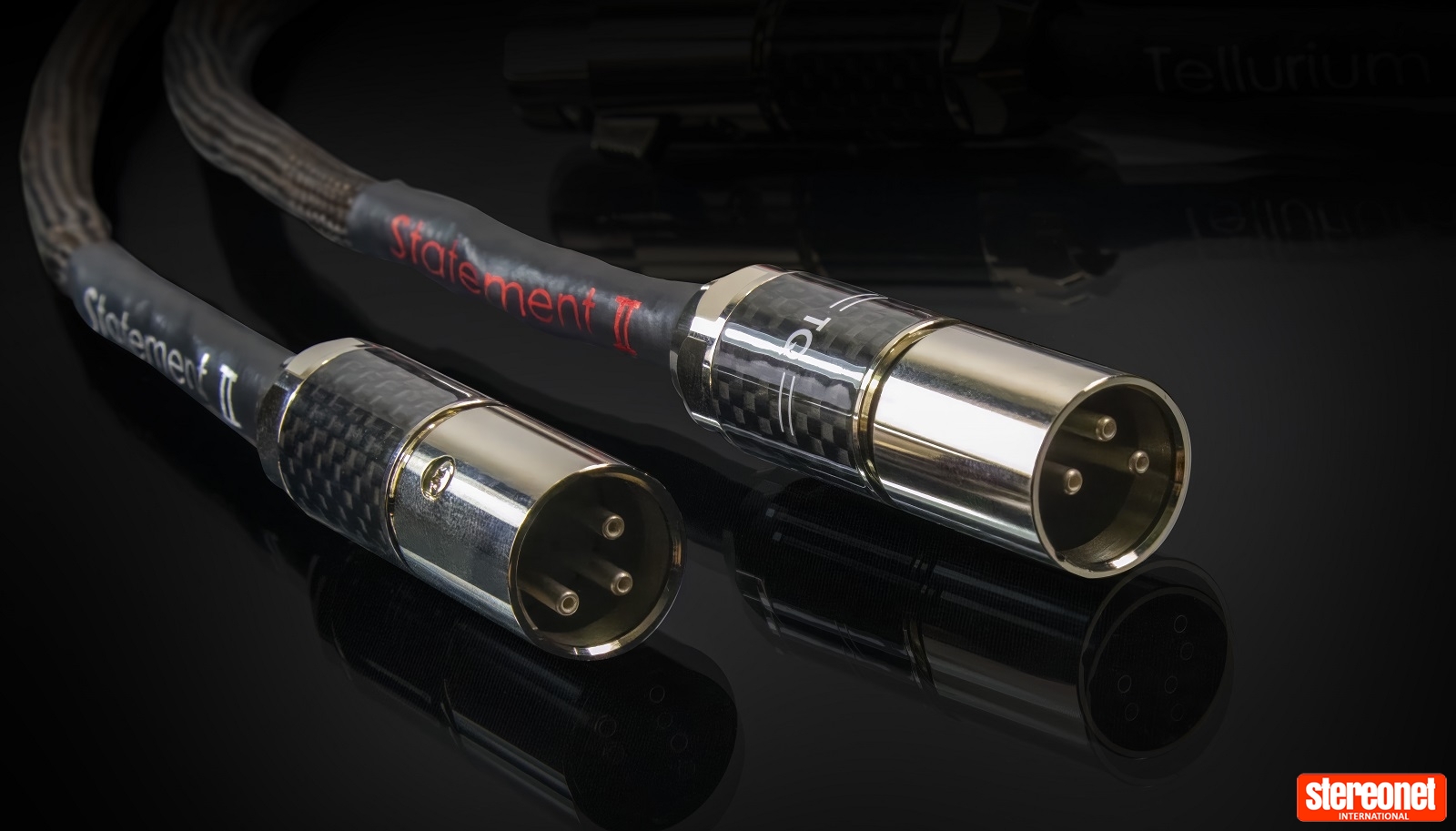
Tellurium Qs Statement cable range was born out of a quest to improve on what had been achieved by the companys Silver Diamond line. That was four years ago, and since then, this still-young British company has managed to chalk up its second Queens Award for Enterprise and continue to impress us with cables at various prices…
The Statement II range sees updated and upgraded offerings across the entire series, including the XLR interconnects that we have here for review. All except for the power cable, that is, which wasnt improved by any noticeable degree in redesigned form and so has stayed in its original guise. No aesthetic tweaks, mark II rebadge or price rise here, then!
Back to the Statement II range, and only the connectors remain the same – although at first glance, at least, there appears to be little physical difference between the two iterations of the XLR that I have laid out before me. Tellurium Q Managing Director Geoff Merrigan told me that in the four years between the original Statement release and now, he has challenged himself to find whether he can squeeze out any more performance. He explained: “After the first review comes through and distributors start getting positive feedback from people who hear what we heard, I can relax a little, but then I want to see where we can take that design.”
Unfortunately for Tellurium Q, making improvements can be a lengthy and expensive project, with research and development likened to a balancing act where an improvement in one area can be detrimental to another. Sometimes, this results in trying different materials and experimenting with different thicknesses and profiles of these ingredients. For instance, he says that one layer of the Statement II took the best part of a year to improve. With such an investment in time, not to mention materials, it is perhaps no wonder that when I asked about specifics, he responded as expected: “Id rather cable companies try to reverse engineer what we have done than give them the recipe.”
However, during some tactful questioning, I did manage to elicit from him that the Statement II cables benefit from new shielding, which is a different thickness – or should I say thinness – to the original. The result of changing the material and other elements had a knock-on effect on the depth of the shielding, becoming thinner and not thicker as the team expected, as well as changing the width and amount of overlap for the desired effect.
Work has also been undertaken to improve the conductors and other adjustments concerning “the thing”, a noticeable extra something under a second length of heat shrink on the Statement IIs outer jacket. As always with TQ, any direct questions about whats happening under the slightly differently-coloured cable outer are met with a friendly vagueness. Apparently, though, the aforementioned extra involved “yet more jiggery-pokery” – glad that weve got that clear, then…
Side-by-side with a set of the original Statement XLRs, the latest version has a new tastefully cool red thread running through the outer jacket. The cables are agreeably pliant, making running them behind my equipment and around existing cables easy. This shouldnt be taken for granted, given that many other brands seem to equate flagship offerings with cables thicker than a weightlifters arm. The TQ-branded XLR connectors click securely into place, in a satisfyingly positive way.
For this review, I compared the original Tellurium Q Statement XLR interconnects with the Statement II versions in my reference system. The XLRs were tested between a Gryphon Essence preamplifier and power amplifier as well as between the preamp and a YBA PH1 phono stage, and Simaudio Moon 680 DAC. The latter was fed hi-res tunes via Roon, whereas the PH1 made music by way of a VPI Prime turntable fitted with a Malachite Silver moving coil from Aidas Cartridges. The resulting audio was played through a pair of Audiovector R6 Arrete loudspeakers.
THE LISTENING
As soon as I fired my reference system up, the Statement II made its presence known. It is an extremely capable-sounding high-end cable, one thats hard to criticise in practically any respect. Compared to the original Statement, I heard an apparent increase in volume, and well-recorded hi-res streams revealed even more micro detail than the originals. This had me trying to determine whether this was due to an even quieter foundation or simply that the Statement II was presenting information more clearly than its predecessor. Or perhaps it was both?
A blast of classic rock started proceedings with Bostons Foreplay/Long Time and Sing Child by Heart. Unthinkingly, I had selected songs released within twelve months of one another, with Hearts Dreamboat Annie hitting shelves in 1975 and Bostons self-titled LP landing in 1976. Both tracks showed how recordings pre-dating any digital format can retain their analogue character through a decent digital chain. However, with the Statement II linking my streaming DAC to my preamp, the guitars and drums in both records seemed to be even more lively. Having taken a step forward in the acoustic, the six-stringers sported more vitality with Roger Fishers guitar in the Heart track somehow managing to present with more grit and clarity simultaneously.
Vocalists were also treated to more of the spotlight as the soundstage became even better managed. Admittedly, this was more apparent when moving from the Statement II back to the original, in much the same way that you would notice moving from enjoying all the detail in 4K once you make the comparison after returning to HD TV.
This cables talents came to the fore when plugged into the output of my phono stage, as its skill of letting very low level signals through without apparent colouration was most beneficial. As well as a seemingly quieter background and enhanced information retrieval, I got a distinct sense of being able to hear further back into the soundstage. This first struck me during Jeff Waynes War of the Worlds but soon had me reaching for large-scale classical orchestral recordings such as Elgars Symphony No.1 In A Flat performed by the Philharmonia Orchestra under the baton of Bernard Haitink.
Its not that I ever thought the Statement IIs presentation was in the least bit constrained, but hearing this great recording on vinyl really opened things up. The musicians appeared even better organised inside the recorded acoustic, and depth perspective improved in the sense that I could hear further back into the auditorium. Although my system already produces a pleasing result, the improved connection between the YBA phono preamp and Gryphon preamp revealed a fluidity and grace that I hadnt previously realised was missing.
THE VERDICT
08.09.2023Back

